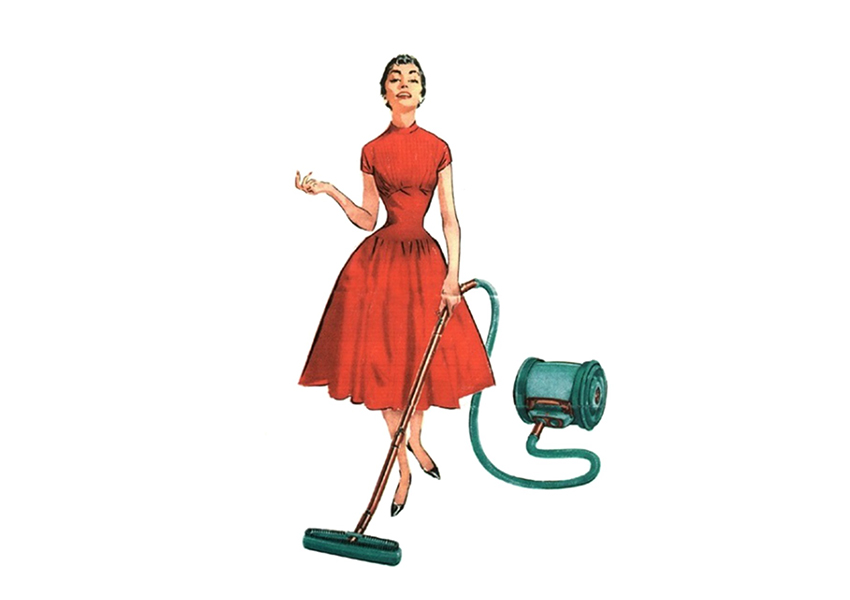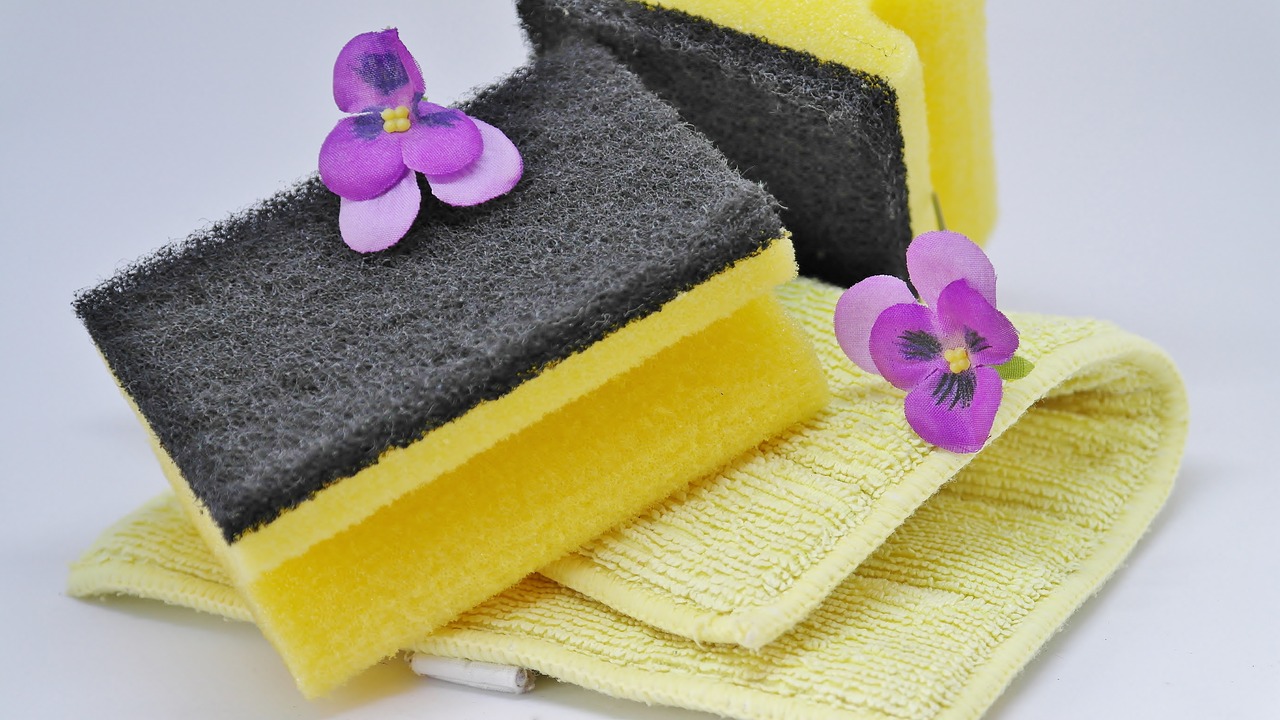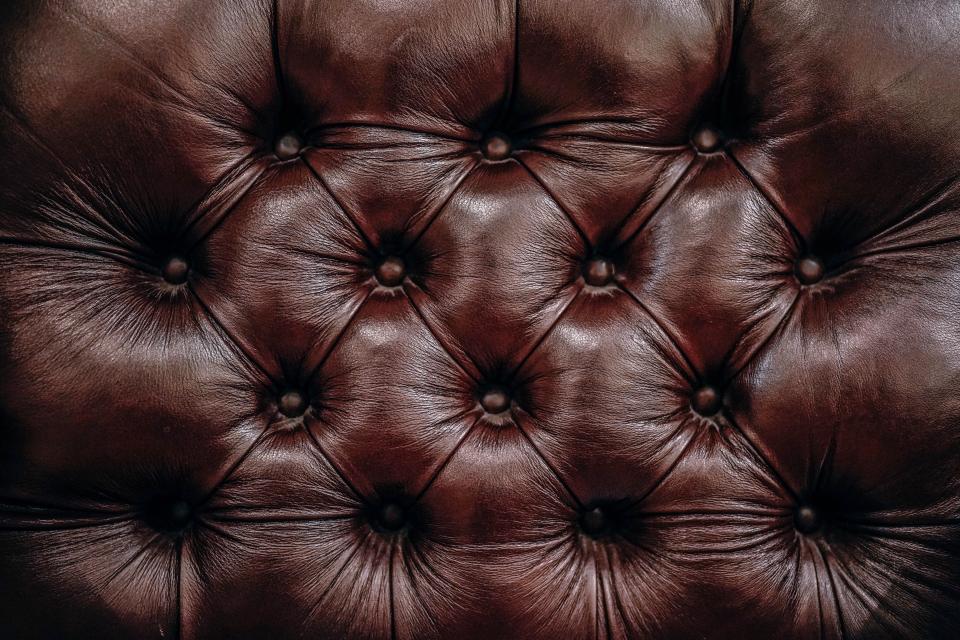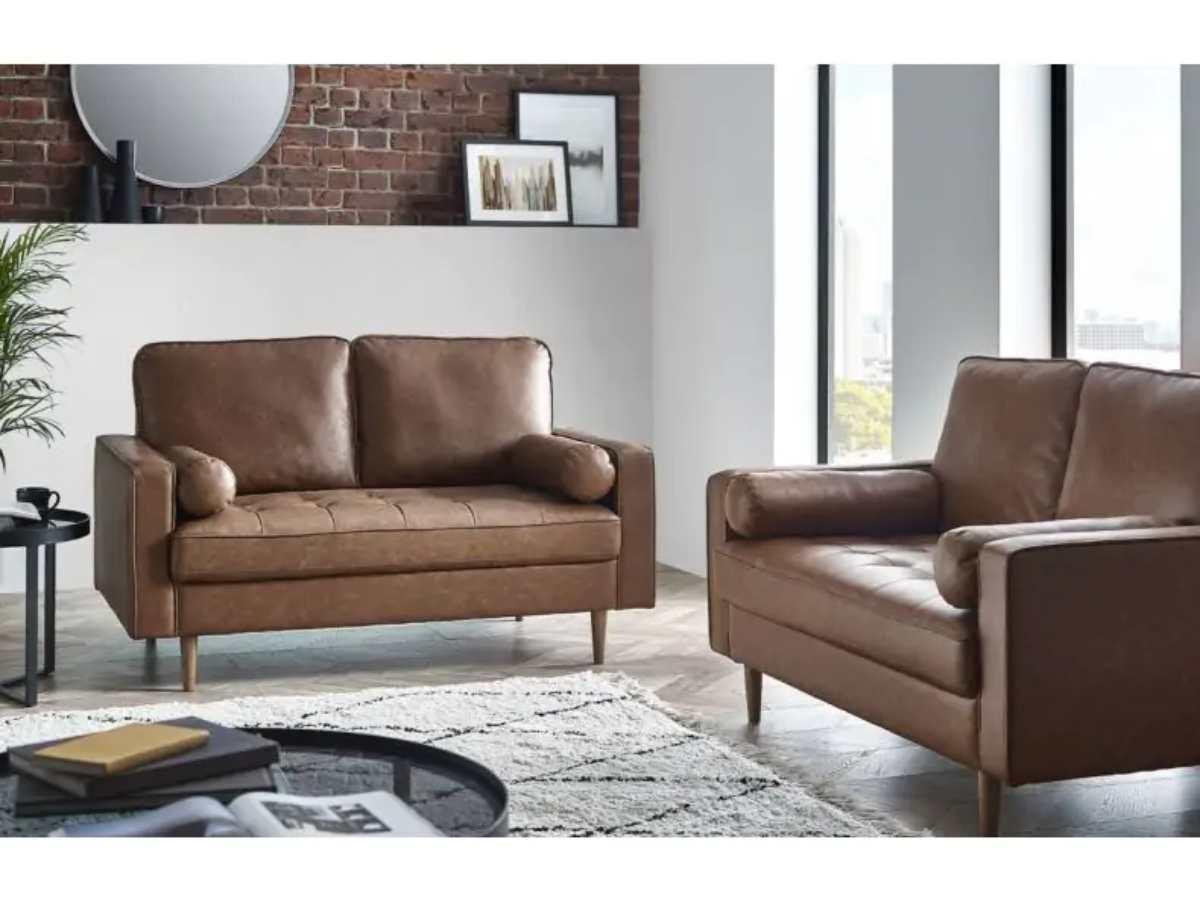A leather sofa is a stylish and timeless addition to any home, but to keep it looking its best, regular cleaning and care are essential. Whether you’re dealing with everyday dust or an unfortunate spill, knowing how to clean a leather sofa properly will help maintain its beauty and durability. Follow Homeline’s step-by-step guide for an easy and effective way to keep your leather furniture in top condition.
Why Regular Leather Care is Important
Leather furniture adds a touch of luxury to any room. However, without proper maintenance, it can lose its shine and durability. Regular cleaning prevents the buildup of dirt and oils that can degrade the leather over time. By using appropriate leather couch cleaners and natural cleaning methods, you can keep your sofa looking pristine and inviting.
Essential Supplies for Cleaning a Leather Sofa
Before diving into the cleaning process, gather the following supplies:
- Hoover: Equipped with a soft brush attachment to remove dust and debris.
- Microfiber Cloths: Soft, non-abrasive, and ideal for wiping surfaces.
- Cleaning Solution: A natural mix of equal parts warm water and white vinegar.
- Leather Conditioner: To restore moisture and suppleness to the leather.
Step-by-Step Guide: How to Clean a Leather Sofa Properly
1. Hoover the Sofa

- Begin by thoroughly vacuuming your leather sofa to eliminate dust and crumbs.
- Use the soft brush attachment to gently clean large surface areas, ensuring the leather remains undamaged.
- Remove any detachable cushions to access debris that may have accumulated underneath.
- For non-detachable cushions, utilise the crevice tool to clean between the seats and cushions effectively.
2. Wipe with a Damp Cloth

- Prepare a natural cleaning solution by mixing equal parts of warm water and white vinegar.
- Dip a clean microfiber cloth into the solution, wring it out to remove excess moisture, and gently wipe the entire leather surface, paying special attention to creases and crevices.
- Rinse and wring the cloth as needed to ensure thorough cleaning, especially if there's a significant buildup of dirt.
3. Dry the Sofa
- After cleaning, use another clean, dry microfiber cloth to remove any remaining moisture from the sofa.
- Ensuring the leather is completely dry prevents potential issues like mould.
- If you prefer air drying, make sure all gaps and creases are free from moisture to maintain the sofa's condition.
4. Condition the Leather

- Once the sofa is dry, it's time to condition the leather to restore its natural oils and keep it supple.
- There are numerous commercial leather conditioners available, such as Ruskin Leather Cream & Conditioner.
- Always read the manufacturer's guidelines to ensure the product is suitable for your specific type and colour of leather.
- Alternatively, for a natural approach, apply a small amount of olive oil to a clean cloth and gently buff the leather in circular motions. This not only conditions the leather but also enhances its shine.
How to Remove Stubborn Stains from a Leather Sofa
Accidents happen, and stains are sometimes unavoidable
For ink stains - lightly dab the area with a cotton swab dipped in rubbing alcohol, then wipe with a damp cloth and dry immediately.
Grease stains can be treated by sprinkling a small amount of baking soda on the spot, letting it sit for a few hours to absorb the grease, then wiping it away with a clean cloth.
Always test any cleaning method on a hidden area of the sofa to ensure it doesn't affect the leather's colour or texture.
Leather Conditioning: Keeping Your Leather Sofa Soft & Supple
Regular conditioning is vital to prevent your leather sofa from drying out and cracking. Depending on usage and environmental factors, aim to condition your sofa every 6 to 12 months. This routine helps maintain the leather's elasticity and appearance, ensuring your furniture remains a centrepiece in your living room.
Common Mistakes to Avoid When Cleaning Leather Furniture
- Using Harsh Chemicals: Avoid cleaners containing bleach or ammonia, as they can damage the leather.
- Excessive Water Usage: Too much water can stain the leather or lead to mould. Always use a damp, not wet, cloth.
- Skipping the Patch Test: Before applying any cleaning solution or conditioner, test it on a small, inconspicuous area to ensure it doesn't discolour or damage the leather.
How to Clean Leather Naturally: DIY Cleaning Solutions
For those who prefer eco-friendly cleaning methods, natural solutions can be both effective and gentle on leather. A simple mixture of equal parts warm water and white vinegar serves as an excellent cleaner. For conditioning, natural oils like olive or flaxseed can be used sparingly to maintain the leather's softness and sheen. Always apply these solutions with a soft cloth and buff gently to achieve the best results.
Frequently Asked Questions About Cleaning Leather Couches
-
How often should I clean my leather sofa?
- It's advisable to dust your sofa weekly and perform a thorough cleaning and conditioning every 6 to 12 months, depending on usage.
-
Can I use baby wipes to clean my leather couch?
- It's best to avoid baby wipes, as they can contain chemicals that might damage the leather or leave residues.
-
What should I do if my leather sofa gets wet?
- Immediately blot excess water with a dry cloth and allow the sofa to air dry naturally, away from direct heat sources.
Bring Your Leather Sofa Back to Life with Homeline Today!
Proper care and maintenance of your leather sofa not only enhance its beauty but also extend its lifespan. By following these cleaning and conditioning steps, you can ensure your sofas and armchairs remain a luxurious centrepiece in your home for years to come. For more cleaning guides, check out our blog for guides such as How to Clean a Rug in 5 Simple Steps!
Alternatively, if your furniture is past the point of no return, browse our Living Room Collection to find a new sofa that suits your room!
 052 6146014 / 0818 333757
052 6146014 / 0818 333757





